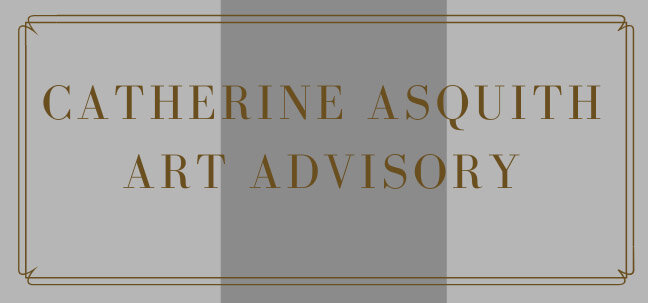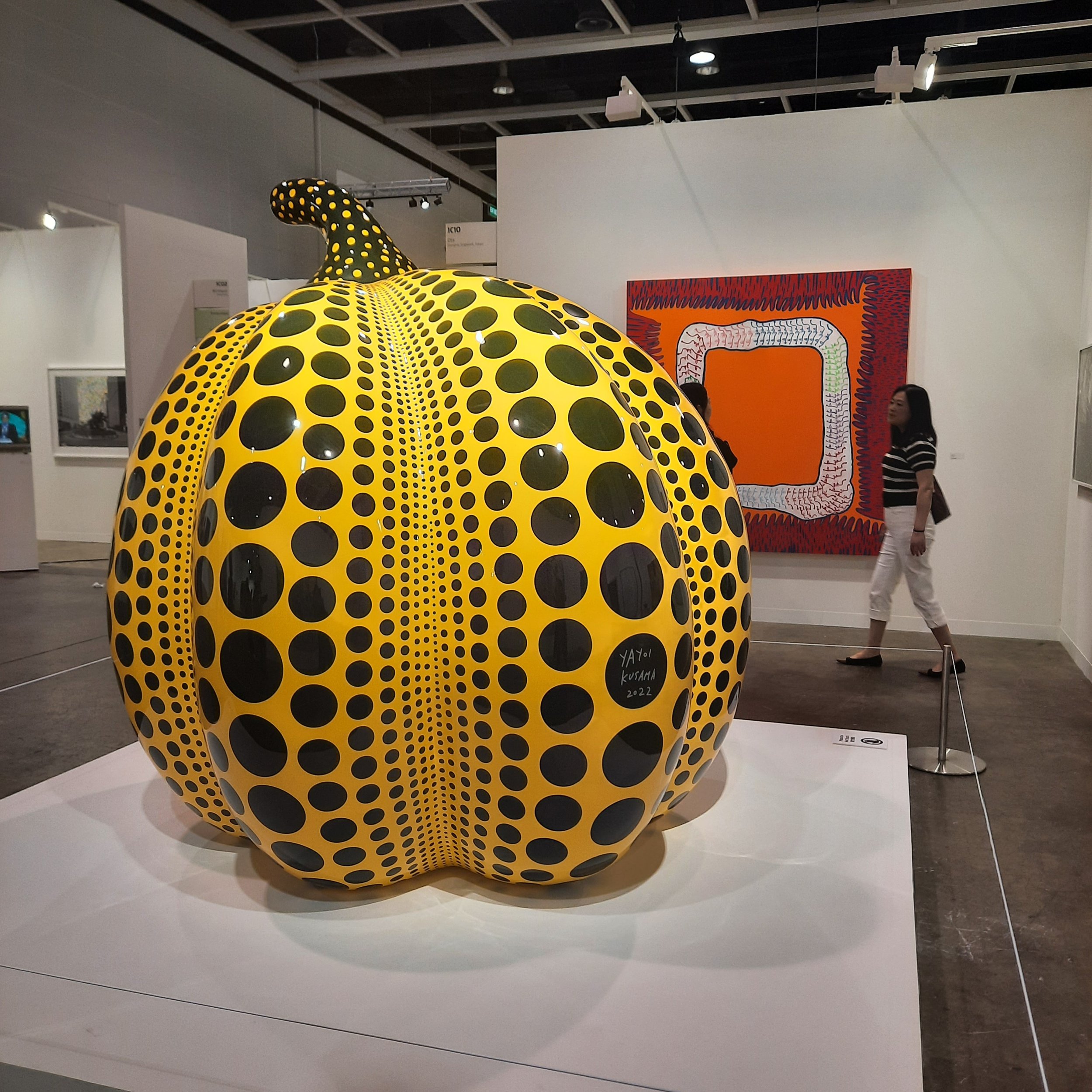As Vicinity’s nationally appointed art advisor, Catherine Asquith was instrumental in the commissioning process for an integrated artwork for the carpark facades at Chadstone Shopping Centre, a limited invitation urban artwork commission valued at AU$6m. Melbourne-based artist Matthew Johnson was appointed in February 2020, after a highly competitive commission process. This past July, the $6m project was successfully brought to completion.
As part of its ongoing commitment to Australian Art and the continued development of the Chadstone Art Collection, Vicinity provided an extraordinary opportunity to an Australian artist for the design of an integrated artwork to be installed across several carpark facades. After a vigorous commission process, Melbourne-based artist Matthew Johnson was appointed as the commissioned artist.
Matthew’s design concept proposal in essence, was that the integrated artwork would act as a continuous ‘ribbon’ that envelopes around the entirety of the exposed car park facades; the carpark entry points become articulated points of interest to an unfurling story that engages the public from visitation to departure, and a connective visual cohesion to the interior language of the site.
Matthew’s art practice includes a strong understanding of the importance of place and identity, key attributes of any public or urban artwork, and this same principle was evident in his proposal for the integrated artwork. Coupled with his visual language, one which relies on a mastery of colour theory and balance of compositional structure, with the latter drawn from nature, Matthew’s “Interface” is consolidated via thematic parameters for each of the car parks, i.e. Car Park A, “Billow” (formerly, “Shimmer”), Car Park B, “Arboretum” and Car Park C. “Stream”, all of which helps to articulate the connection of the built forms to the immediate natural environment.
At its heart, the integrated artwork in its entirety, is viewed by Matthew as one which interfaces with the natural, built and human environment and acts as “an opus, a musical score…that connects …”
You can read more about this impressive commission here.

































